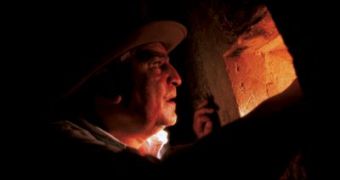Last month there was an extraordinary discovery in the Valley of the Kings, the first in 80 years: five sarcophagi and several jars. Although they probably were not royalties and that the room was obviously not a tomb, the archeologists first thought that the room served as a hiding place. They speculated that maybe it was either used to store the sarcophagi in order to protect them from looters or that maybe they were stored there by the grave robbers themselves.
However, Zahi Hawass, Egypt's top archaeologist, has now said that the room is probably the actual room where the mummifying process has been conducted. Hawass said that the chamber contained remnants of pottery, shrouds and materials used in mummification. The large jars inside the room were also opened and they found other materials used in mummification.
"This ... is not a tomb for nobles or relatives of a king, as had been thought upon its discovery, but rather it is a room for mummification," Hawass said in a statement.
The chamber was discovered by a team of American researchers from the University of Memphis. The sarcophagi date from the 18th Dynasty, which ruled Egypt from 1567 B.C. to 1320 B.C.
Photo credit: Zahi Hawass inside the Great Pyramid of Khufu

 14 DAY TRIAL //
14 DAY TRIAL //